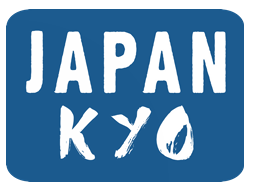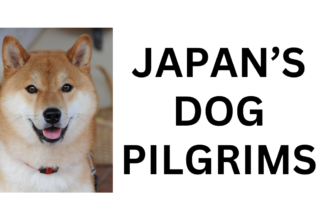
Honesty is the best policy, right?
In an effort to make up for lost tax revenue caused by Japan’s steadily-shrinking population, this October the country is scheduled to increase its sales tax from the current 8% to 10%. However, as with any large-scale change, this quickly-approaching tax increase has caused plenty of confusion for many in Japan.
Perhaps one of the most perplexing parts of this new tax rate has been an exception that will allow shoppers to pay a reduced 8% sales tax for food and drinks (excluding alcohol) they take with them to be consumed outside of the store. For Japan’s massive convenience store industry, this seemingly simple exception has actually been the source of much frustration.
The problem stems from more than 30% of Japan’s roughly 55,000 convenience stores having an eat-in space with counters and/or tables for people to consume food and drinks purchased at the store. This means that if, for example, a consumer purchases one rice ball and one can of coffee with the intention of eating only the rice ball inside the convenience store, legally they would be required to pay the full 10% tax for the rice ball and only the reduced 8% for the coffee. This problem is, of course, only made worse when someone buys more than just two items, or changes their mind about what they will eat inside the store after they have already made their purchase.
In an effort to address all the hanging questions surrounding the new tax rate, convenience stores have come up with a policy and interestingly it’s quite a hands-off one. The Japan Franchise Association–to which Japan’s convenience store chains belong to–has said that rather than having clerks ask consumers whether any of the items in their purchase will be consumed in the store’s eat-in area, it will be wholly up to the customer to tell a clerk which items should be charged the full 10% tax rate for eat-in items. In other words, stores have decided to rely on the honesty of their customers in order to avoid placing an extra burden on their employees.
To inform customers of their tax policy, convenience stores will have posters hanging near the register area explaining to customers that they should tell the clerk which items are for consumption within the store.
This loophole for saving 2% on your lunch will no doubt result in at least a few people staying quiet about their intentions to consume their purchases in the store’s eat-in area, but it seems more likely that forgetful individuals and foreigners unaware of this peculiar tax policy will make up the majority of the people “cheating the system.”
As for supermarkets with eat-in areas, it remains to be seen how they will deal with this issue.
Source: NHK via SoraNews24
Image: Wikipedia















